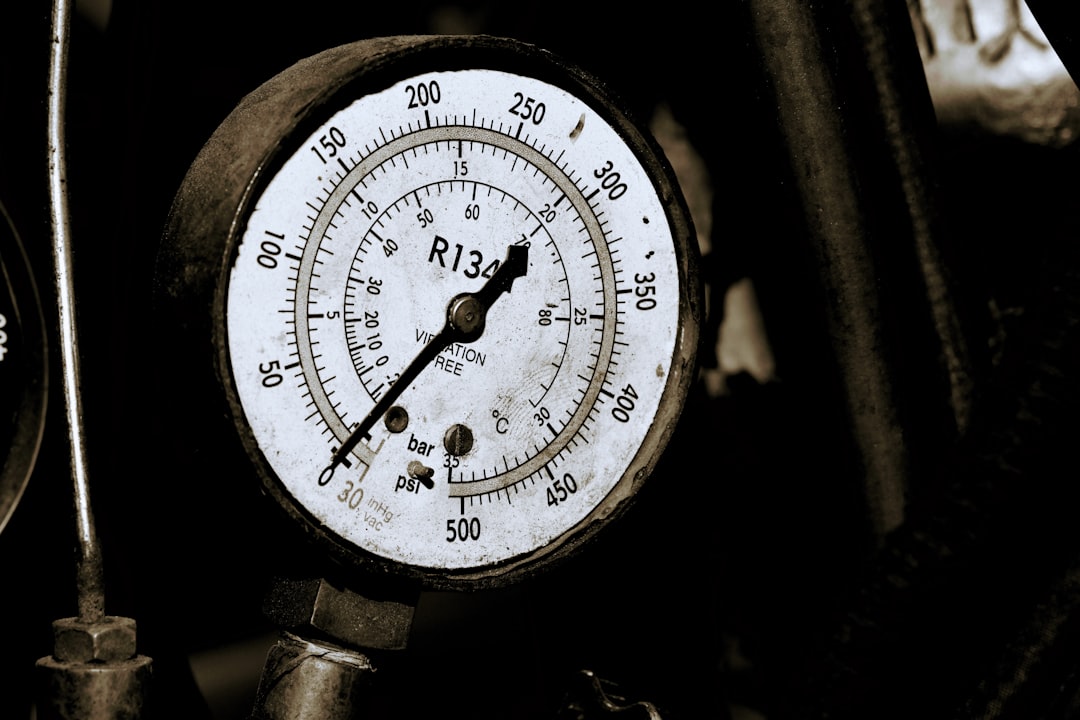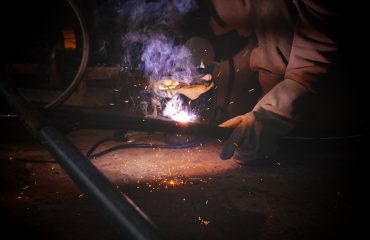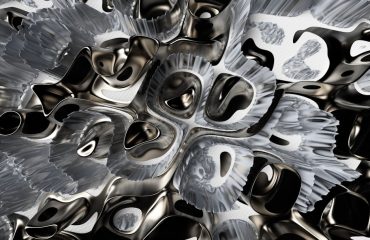body {
font-family: sans-serif;
line-height: 1.6;
}
h1, h2, h3 {
color: #333;
}
code {
background-color: #f0f0f0;
padding: 2px 4px;
border-radius: 4px;
}
Heat treatment is a crucial process in metallurgy, significantly influencing the mechanical properties of metals and alloys. By carefully controlling temperature and time, we can manipulate the microstructure, leading to dramatic changes in strength, toughness, and other critical characteristics. This blog post delves into the fascinating relationship between heat treatment and the resulting mechanical properties.
1. The Impact of Heat Treatment on Hardness
Hardness, a measure of a material’s resistance to indentation or scratching, is profoundly affected by heat treatment. Processes like quenching and tempering dramatically alter hardness. Quenching, which involves rapidly cooling a heated material (often in water or oil), traps carbon atoms in the interstitial sites of the iron lattice, forming martensite – a very hard but brittle structure. Tempering, a subsequent lower-temperature heat treatment, reduces brittleness by partially decomposing the martensite, resulting in a balance between hardness and toughness. The specific hardness achieved depends on the alloy composition, the quenching medium, and the tempering temperature and time. For example, a high-carbon steel quenched and tempered will exhibit significantly higher hardness than the same steel annealed (slowly cooled).
2. Tensile Strength and Heat Treatment: A Powerful Duo
Tensile strength, the maximum stress a material can withstand before breaking under tensile load, is another key mechanical property influenced by heat treatment. Similar to hardness, quenching and tempering can significantly increase tensile strength. The martensitic structure formed during quenching contributes to high tensile strength due to its fine grain size and high dislocation density. However, excessive quenching can lead to cracking. Tempering, again, plays a crucial role in optimizing the balance between strength and ductility. Different heat treatments, such as normalizing (air cooling from a high temperature), can also affect tensile strength, often resulting in a slightly lower strength but improved toughness compared to quenching and tempering.
3. Ductility and its Relationship with Heat Treatment
Ductility, the ability of a material to deform plastically before fracture, is often inversely related to hardness and tensile strength. Heat treatments that increase hardness and tensile strength generally decrease ductility. Quenching, while increasing strength, can significantly reduce ductility, making the material more prone to brittle fracture. Tempering, however, mitigates this effect, improving ductility while retaining a considerable portion of the increased strength. Annealing, a heat treatment involving heating to a high temperature followed by slow cooling, maximizes ductility by promoting the formation of a softer, more ductile microstructure. The choice of heat treatment depends heavily on the desired balance between strength and ductility for the specific application.
4. Toughness: The Balance of Strength and Ductility
Toughness represents a material’s ability to absorb energy before fracture. It’s a crucial property, especially in applications involving impact loads. Toughness isn’t simply the sum of strength and ductility; it’s a more complex interplay. A material can be strong but brittle (low toughness), or ductile but weak (low toughness). Optimal toughness is achieved through a careful balance. Heat treatments like austempering (isothermal transformation) and martempering (interrupted quenching) aim to enhance toughness by refining the microstructure and reducing internal stresses. These methods offer a better balance between strength and ductility compared to conventional quenching and tempering, leading to improved toughness.
5. Fatigue Resistance and Heat Treatment
Fatigue resistance, the material’s ability to withstand repeated cyclic loading, is another vital property affected by heat treatment. Microstructural features like grain size, inclusions, and residual stresses influence fatigue life. Heat treatments that refine the grain size and reduce residual stresses generally improve fatigue resistance. Shot peening, a surface treatment often combined with heat treatment, introduces compressive residual stresses, further enhancing fatigue life. The selection of the appropriate heat treatment depends on the expected loading conditions and the desired fatigue life. For instance, components subjected to high-cycle fatigue benefit from treatments that maximize surface hardness and compressive residual stresses.
In conclusion, understanding the intricate relationship between heat treatment and mechanical properties is paramount in material science and engineering. The choice of heat treatment is dictated by the specific application and the desired balance of hardness, tensile strength, ductility, toughness, and fatigue resistance. Careful control of temperature, time, and cooling rate is crucial to achieve the desired mechanical properties and ensure the optimal performance of the material.
SEO Tags:
- Heat Treatment
- Mechanical Properties
- Material Science
- Metallurgy
- Hardness Testing




